- This article delves into LED lighting for cannabis, comparing full spectrum to a combination of red and blue as many commercial models carry, all designed to optimize growth and flowering in indoor crops.
- Lumatek LED 600w Vs HPS 600w: Which is better?
- The best lighting for indoor marijuana cultivation
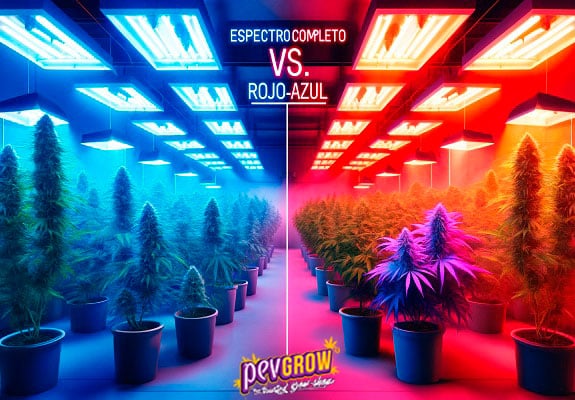

In constant struggle for the regulation of cannabis, mainly in the medicinal field.
18-04-2024 07:00:00 - Updated: 18 April, 2024
Lighting is a critical component in indoor cannabis cultivation, significantly influencing vital processes such as photosynthesis, growth, and flowering. The choice between full spectrum lights and lights that combine red and blue can make a difference in the effectiveness of these processes. This article seeks to delve into each aspect of these lighting options, breaking down their benefits, applications, and how they influence plant development, to equip you with all the necessary information to optimize your cultivation.
⛳ Full Spectrum Lighting: An Artificial Sun
Full spectrum light attempts to replicate natural sunlight, encompassing a wide range of wavelengths, from ultraviolet (UV) to infrared (IR). This diversity in the light spectrum aims to mimic natural growth conditions, providing plants with everything they need for harmonious and balanced development.
Advantages of Full Spectrum:
- Simulation of the Sun: By emulating sunlight, full spectrum LED grow lights stimulate a natural response from plants, promoting healthy growth at all stages, from seed to harvest, resulting in higher yields of flowers, resin, and active compounds.
- Adaptability: Ideal for growers looking to simplify their lighting setup, as these lights serve the entire life cycle of the plant without the need to change the light source.
- Sustainability: Despite a higher initial cost, their energy efficiency and durability compensate in the long run, representing a smart and eco-friendly investment.
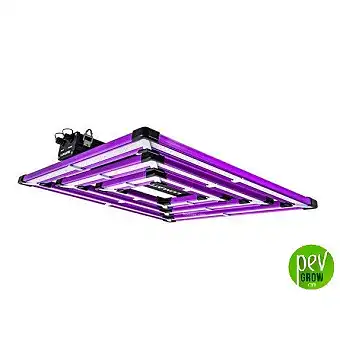
☕ Red and Blue Lighting: Precision and Specialization
Indoor grow lights that combine specific wavelengths in the red and blue spectrum are designed to optimize and accelerate certain phases of plant development. Blue light favors vegetative growth, while red light stimulates flowering and fruiting. Let’s say they are more specific spectra for each stage of plant life, and before the advent of modern LEDs, this spectrum was achieved by putting metal halide bulbs during the vegetative phase, and sodium bulbs for flowering.
Some people opted for mixed bulbs, which combine the growth spectrum with the flowering spectrum, that is, a bluish tone with an orange or reddish one, and it was the only way to get this type of light with a single lamp. It must be said that many growers continue to use this type of lighting with very good results, but from our point of view, both the performance and the quality achieved with full spectrum LEDs is unbeatable today.
Advantages of Red and Blue Lighting:
- Optimization of Phases: Allows growers to adapt the lighting environment to the specific needs of the plants at different stages of their development, which can increase the efficiency of the cultivation.
- Energy Saving: By focusing on specific wavelengths, these lights usually consume less energy, making them ideal for large-scale operations where energy efficiency is paramount.
- Reduced Initial Cost: Their more accessible price makes them an attractive option for those starting out in indoor cannabis cultivation.
✅ Choice Based on Cultivation
The decision between using full spectrum lights or combinations of red and blue should be based on a detailed analysis of the specific needs of your plants, the available cultivation space, and your goals as a grower. While full spectrum lights offer an “all-in-one” solution that can simplify the cultivation process, red and blue lights allow for greater customization and can be more energy-efficient in certain phases of plant development.
🎯 Conclusion
A deep understanding of the available lighting options and how they influence the growth and development of cannabis is essential to maximize the productivity and quality of your indoor cultivation. Whether opting for the versatility of full spectrum or the specialization of red and blue lighting, the key is to adapt the technology to the needs of your plants to make the most of your cultivation’s potential. Now that this doubt has been clarified, you might find this other article which is a guide to indoor cultivation with LED very useful, you can read it in 5 minutes and it may clarify other questions.
🎬 FAQs
Is it possible to combine full spectrum lights with red and blue in the same cultivation?
Yes, combining different types of lighting can result in a more complete and diversified lighting environment, possibly improving cultivation results by providing plants with a wider range of wavelengths.
How does LED lighting affect electricity costs compared to other options?
LEDs, both full spectrum and red and blue, are generally more energy-efficient in terms of energy consumption than traditional HID (High-Intensity Discharge) lighting options. Although the initial cost may be higher, the savings in energy consumption and the lower need for replacement offset this expense over time.
Can full spectrum and red-blue lights be used on any type of plant?
Although these lights are optimized for cannabis cultivation, they can benefit a wide range of plants. Full spectrum is generally suitable for all types of plants at all stages of growth, while specific red and blue lighting can be adjusted to optimize the growth of plants with particular needs in specific phases.

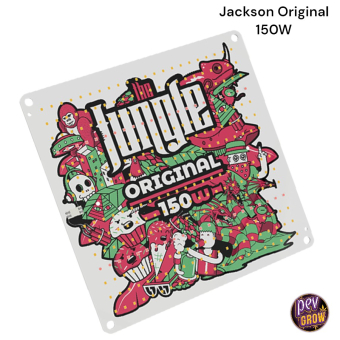
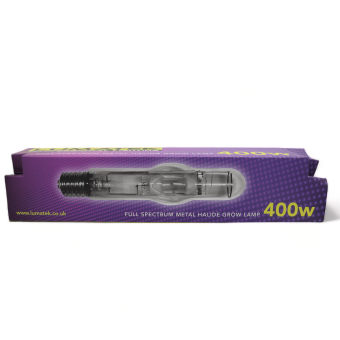
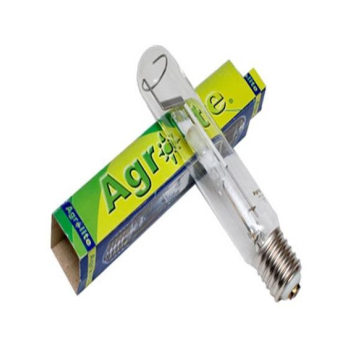





Hey dude, I was totally blown away by that article about indoor grow lights! I was more lost than an octopus in a garage when it came to lighting, but after soaking up all the info, now I see it clearer than the waters of the Manzanares. In the end, I’m going to grab some LED lights from Pevgrow that are the bomb, they consume less than a Seat Panda and they don’t even heat up half as much. A thousand thanks for the great advice, pals!